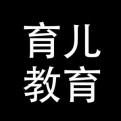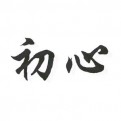看句中有无be动词,如有,直接在be动词后+ not。
即:be动词(am、is、are、was、were)+not、例: I am a teacher.我是个老师否定:I am not a teacher.我不是老师。 扩展资料 看句中有无情态动词,如有,直接在情态动词后+ not即:情态动词(can、must、should)+not、He can help me.他能帮助我。否定:He can't help me.他不能帮助我。如上述二者都没有,就应用助动词+ not即:助动词(do、does、did) + notPut them over there.把他们放那边。否定:Don't put them over there.不要把他们放那边。扩展资料:当动词“think”、“believe”、“suppose”、“imagine”、“expect”、“feel”的主语是第一人称,谓语动词为没有任何副词修饰的一般现在时,它们的`否定式实际上是对宾语从句的否定。表示说话者提出一种委婉的看法或主张。如:I think that he will help us.——I don’t think that he will help us.我认为它不会帮助我们。I believe that he is right.——I don’t believe that he is right.我认为他不对。I suppose that he likes it.——I don’t suppose that he likes it.我想他不喜欢它。














